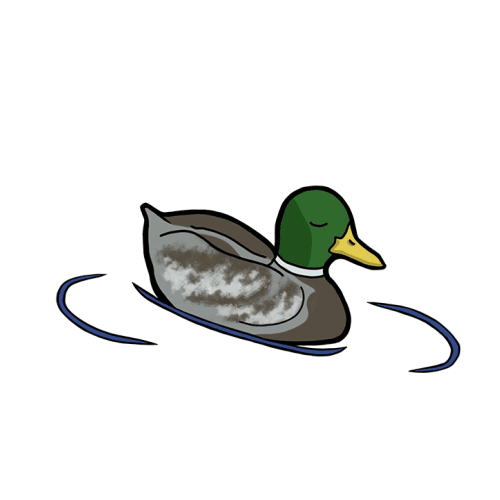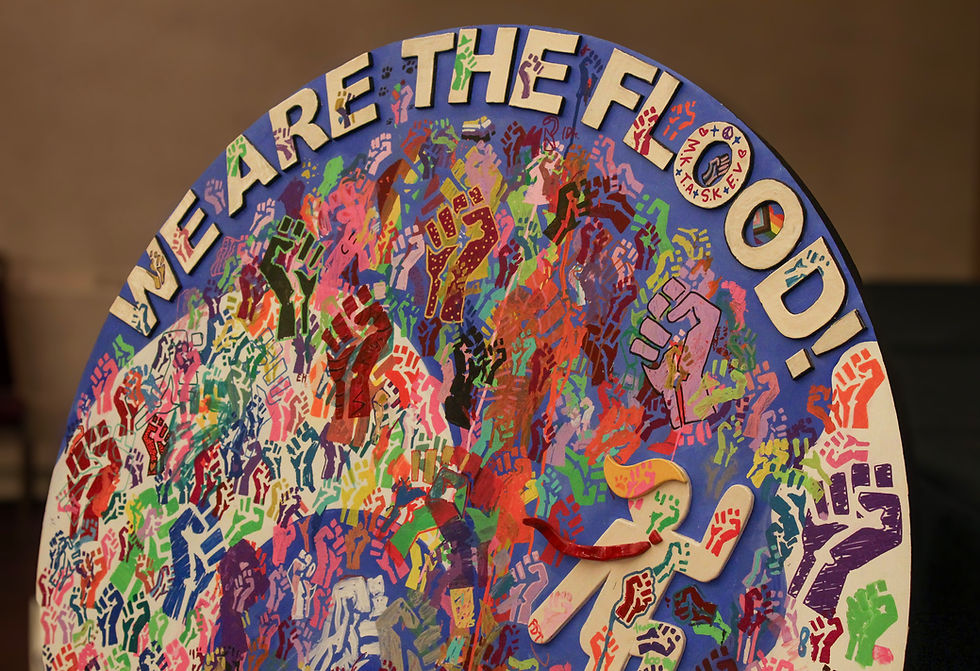How to wave
- Ike Turman, Staff Writer
- Jan 29, 2025
- 3 min read

The college experience teaches us all many valuable lessons, academic and otherwise. However, is there any lesson so difficult to grasp as when to wave at a friend when passing one another around campus? Perhaps, though it’s certainly a close call.
The quad and the Mill Stream are some of the Willamette campus’ mostly lively and active locales, especially between classes when crowds of students flood the walkways en route to classrooms and parking lots. In all that hustle and bustle, it is of course extraordinarily common to happen across a familiar face — maybe a close friend, maybe just a friendly acquaintance. It is here that social etiquette poses a most turbulent trial: how should you greet this friend? When is too early, and when is too late? Just what are you meant to do through these extraordinarily tense dozens of seconds, when you have someone to greet, but no guidebook on how to do so?
“I wave as soon as I register they can see me,” shared Roan Keller (’26). Like most, Keller doesn’t want to call out directly, but instead waits for that natural moment of shared recognition. “At some point, they’ll notice me,” they said. However, herein lies one of the trickiest hurdles of the waving process. While waiting for this friend to notice you, what should you do?
Another Willamette student, Jacob Plax (’25), illuminated further the challenges of the waiting-to-be-noticed part of the process. “Sometimes they’re walking and they, like, have AirPods in. And I think, ‘I could wave right now, but I’ll look silly because they won’t see me.’” Indeed, avoiding waving into empty space, with no one to wave back, is critical. However, with so many potential distractions, it’s impossible to know how long you’ll be waiting for this friend to notice you and be ready to receive a wave. Until that happens, Plax will “just stare at them until they notice [him]."
Keller employs this tactic as well. “I’m kind of just staring them down,” they said, not particularly worried about waiting too long or waving too late. “Is there a point at which it’s strange to wave?” they asked, in firm dismissal of any such concerns..
Thus, the staring tactic seems entirely reliable. However, it is not always easy to employ. Plax spoke more about how the level of familiarity he has with a person will influence how he handles the waiting-to-be-noticed stage. When in doubt, “I probably won’t stare at them,” he said. “I’ll just look in the general direction.” Plax concluded that the appropriate waving distance is “maybe 20-30 feet away.”
Waving to someone you know on a college campus is an easy thing to not think too hard about — nearly as easy as it is to think extremely hard about. These moments of fleeting interaction are always a part of a wider context involving the kinds of days people are having, the classes they’re going to, the cultures and social etiquettes they grew up around, how aware they happen to be of their surroundings at that moment and countless other variables. Even so, as complex and daunting as it can sometimes feel to wave at someone you know, in the vast majority of cases, a wave is taken as a simple and welcome statement that someone’s happy to see you — a little moment that can brighten a day in a small but real way. “If I have a class with people, and I see them, I’ll wave at them,” said Plax, and truly, it can be that simple.




Comments